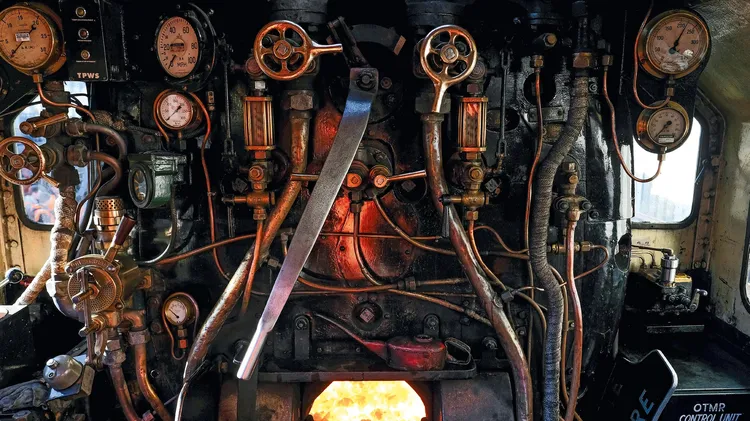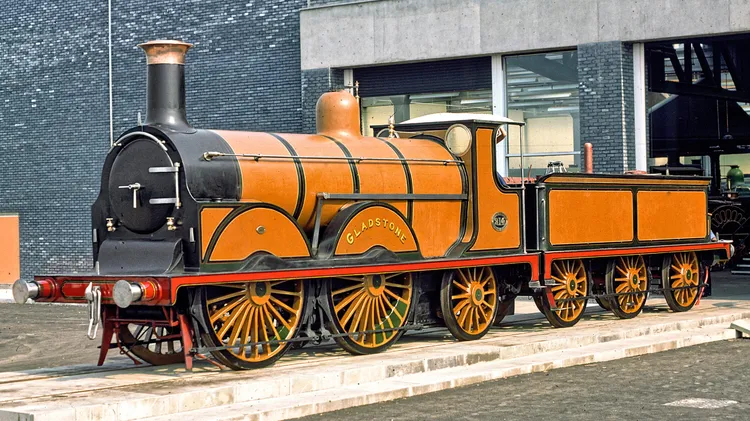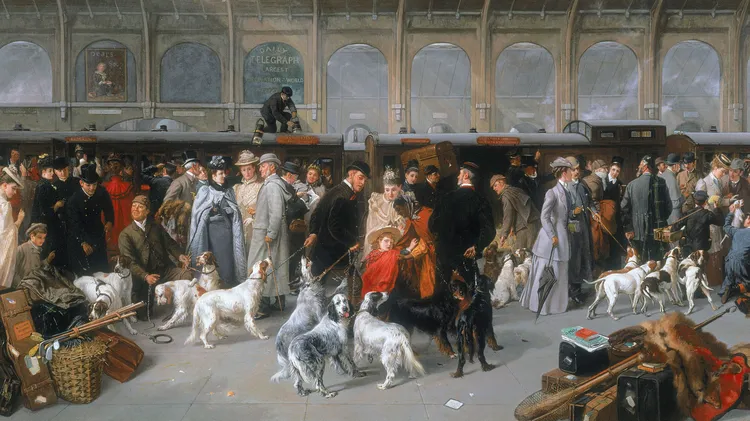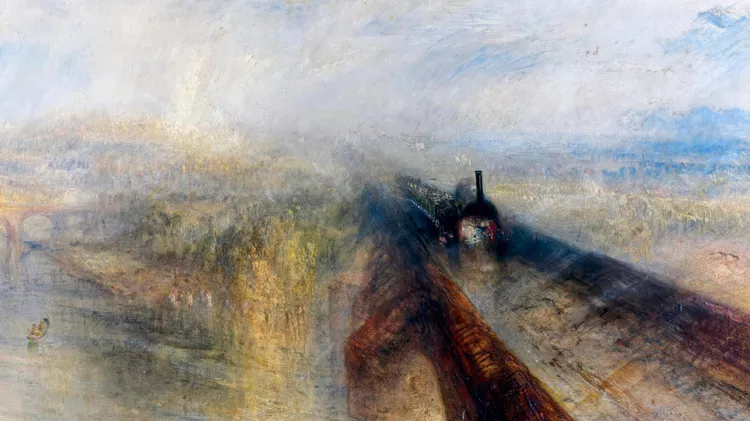In Colou
229: ex-main line locomotives in industry midlands and the south of england
11 min read
This article is from...
Read this article and 8000+ more magazines and newspapers on Readly






